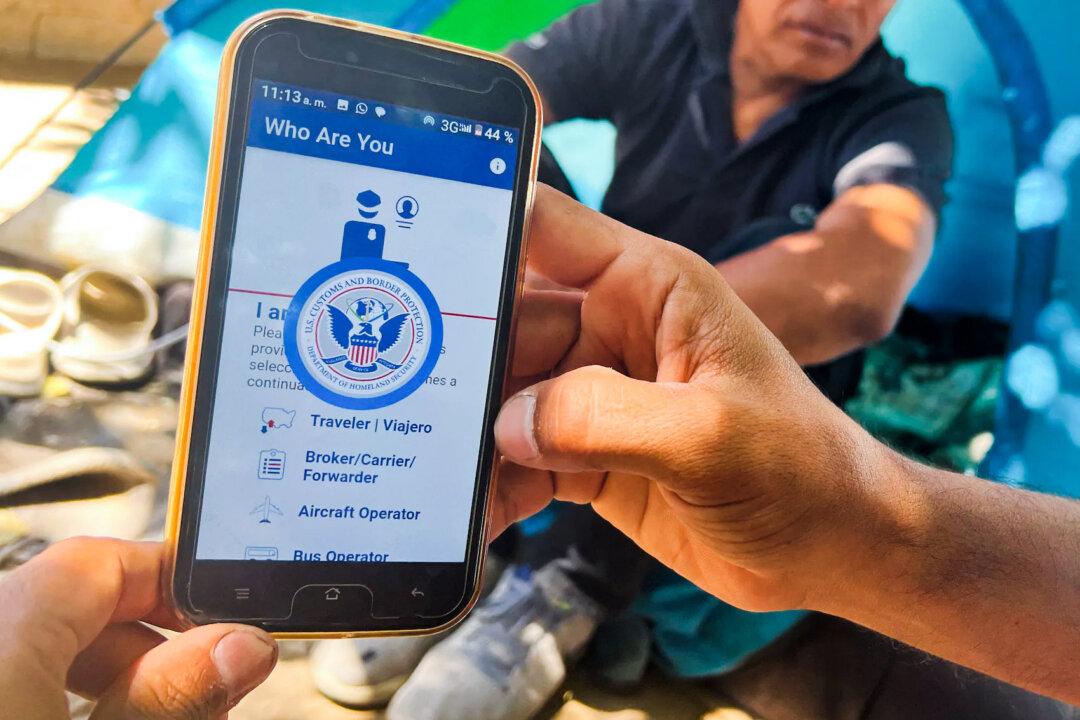Life expectancy in the United States dropped by a full year from 2019 to 2020 amid the COVID-19 pandemic, according to provisional estimates released this week.
The expectancy at birth for the total population was 77.8 years in the first half of 2020, a decline from 78.8 in 2019, according to Centers for Disease Control and Prevention (CDC) researchers. The life expectancy for males fell by 1.2 years to 75.1 years, while female life expectancy declined by 0.9 years to 80.5.
Among different races, life expectancy dropped the most for non-Hispanic blacks, who saw a 2.7-year decrease to 72. Hispanic life expectancy decreased to 79.9 years from 81.8, and by 0.8 years to 78 among non-Hispanic whites.
The life expectancy overall was the lowest since 2006 for total population and for males, and the lowest for women since 2007.
The new figures for blacks, meanwhile, were the lowest since 2001, while life expectancy for whites and Hispanics fell to as low as it’s been since the mid-2000s.

Researchers cautioned that the provisional estimates only cover the first six months of 2020, meaning six months during the COVID-19 pandemic haven’t yet been calculated.
The drop in life expectancy is “a huge decline,” said Robert Anderson, who oversees the numbers for the CDC.
“You have to go back to World War II, the 1940s, to find a decline like this,” he added.
This is the first time the CDC has reported on life expectancy from early, partial records; more death certificates from that period may yet come in. It’s already known that 2020 was the deadliest year in U.S. history, with deaths topping 3 million for the first time.
Overall, the drop in life expectancy is more evidence of “our mishandling of the pandemic,” according to Dr. Otis Brawley, a cancer specialist and public health professor at Johns Hopkins University. “We have been devastated by the coronavirus more so than any other country. We are 4 percent of the world’s population, more than 20 percent of the world’s coronavirus deaths.”
“Going forward, we need to practice the very basics” such as hand-washing, physical distancing, and vaccinating as soon as possible to get prevention back on track, he added.





